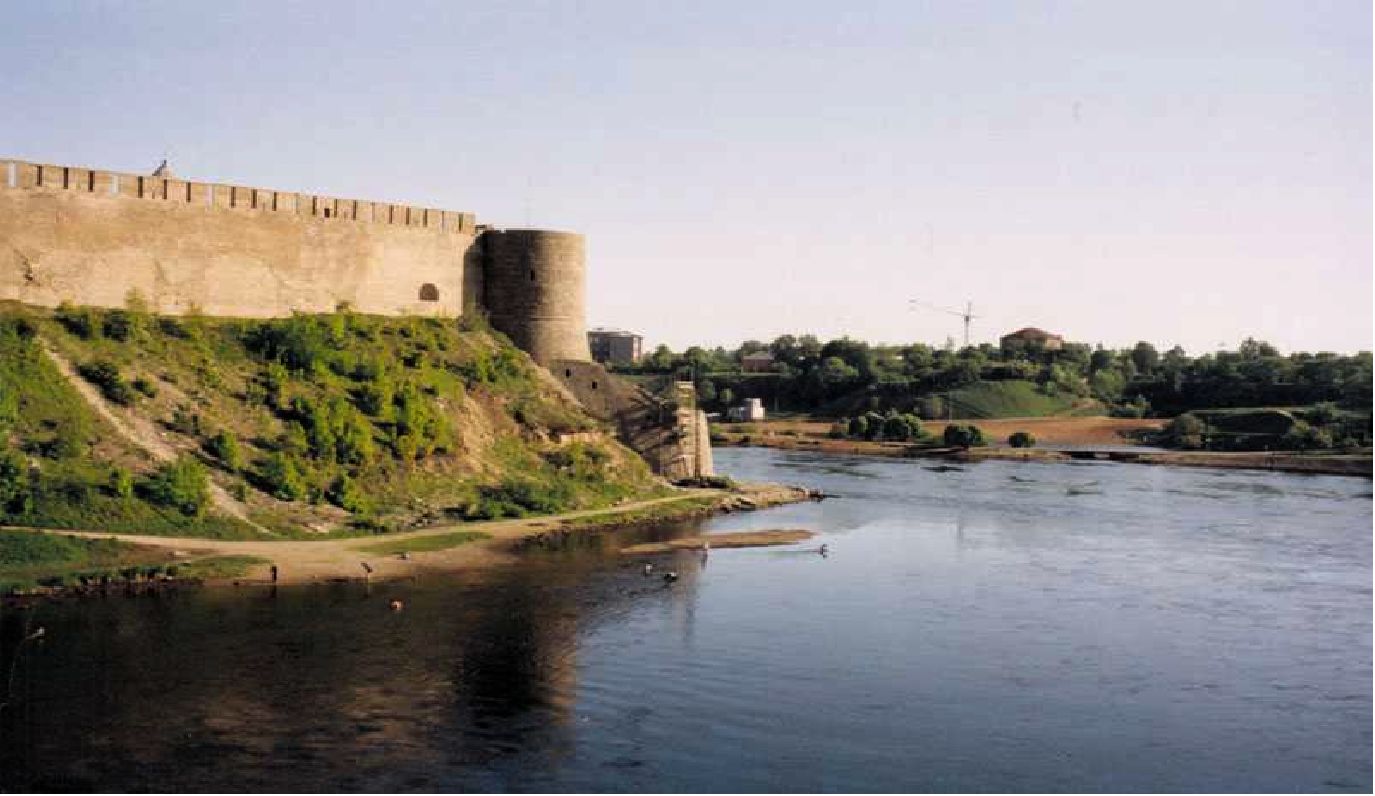


 |  |  | 4.1 Introduction |
The management of inland landscapes and freshwater resources is a key determinant of coastal zone water quality. Observations of water quality in many parts of the world indicate that river loadings of biotically active elements have increased several fold since the beginning of the Industrial Era. Water monitoring in numerous individual river basins and coastal zone areas have connected these excessive levels of river borne nutrients and associated shifts in nutrient ratios to shifts in nutrient limitations, coastal and freshwater eutrophication, toxic phytoplankton blooms, and bottom-water hypoxia. Nitrogen and phosphorus transported with rivers from land to sea have been reported to be the major sources contributing to the eutrophication of e.g. the Baltic Sea. Nutrient loadings associated with human population growth and economic development are now important contributors to riverine fluxes of nutrients to the coastal zone. In order to gain a clear understanding of the impact of these changes in nutrient loading, a thorough survey of the point source (i.e. industrial waste water and sewage waste water) and non-point source (i.e. inputs from agriculture, logging, construction, and atmospheric deposition) inputs must be available. Despite the importance of land-coastal zone interactions, we currently lack a consistent system for monitoring and assessing the dimensions of such change at anything but the local scale.
Agricultural and urban land use has increased the fluxes of nutrients and sediments into surface waters and ground waters. To promote the long-term sustainability of natural and managed watersheds, fundamental processes that control water quality on a watershed scale need to be investigated. Scientific results clearly indicate that monitoring programs that try to determine long term trends of basin scale nutrient fluxes require high resolution data sets.
Control of the emissions and fluxes of nutrients has for many decades been regarded as one of the most urgent environmental protection issues in e.g. the Baltic Sea Region. Phosphorus (P) and nitrogen (N) are key elements of many biogeochemical processes and are regarded as limiting elements of aquatic and terrestrial ecosystem processes and are one of the basic chemical constituents in surface waters. Excessive emissions of nutrients to water bodies have been found to significantly accelerate the otherwise natural process of eutrophication, e.g., development of blue-green algae and oxygen depletion.
It is well known that the dynamics of nutrient emissions and fluxes in catchments is complicated and entails great temporal and spatial variability, and which makes it difficult to empirically derive simple cause and effect relationships. In addition, it is widely accepted that nutrient concentrations also depend on factors such as the following: flow conditions; hydrological pathways; the occurrence of other nutrients or micronutrients; bioavialability; processes such as mineralisation, immobilisation and denitrification; and the ratio between N and P. However, little is known about the relative importance of, and the interactions between, these factors in time and space.
In this chapter, I describe typical characeristics and features of the waterborne fluxes of nutrients in river basins. More precisey, the following issues are covered:
Examples from Baltic Sea rivers are used for illustrative purposes. The annex in the end of the chapter gives further details regarding the Baltic Sea rivers and its drainage basin.

 |  |  | 4.1 Introduction |